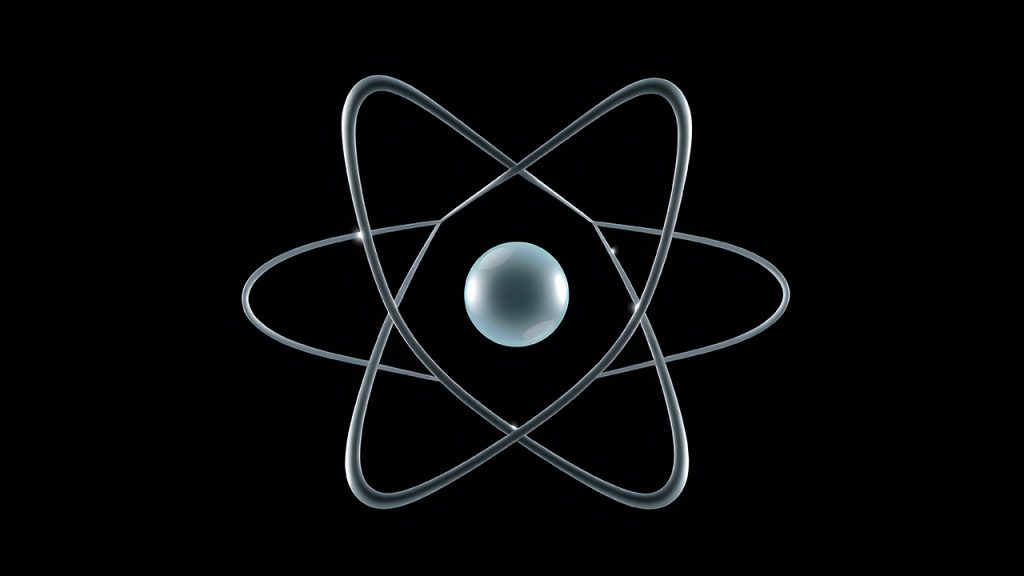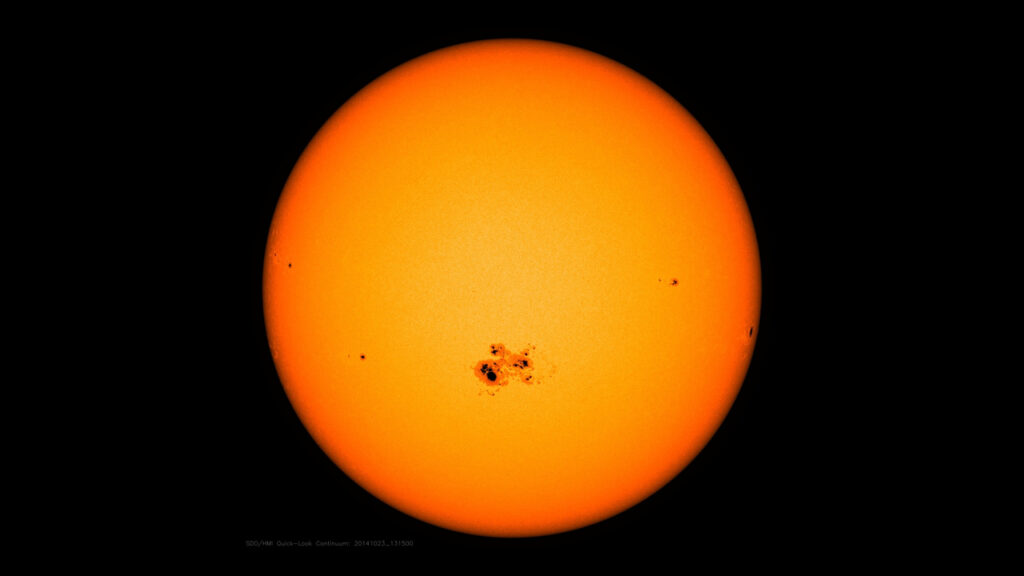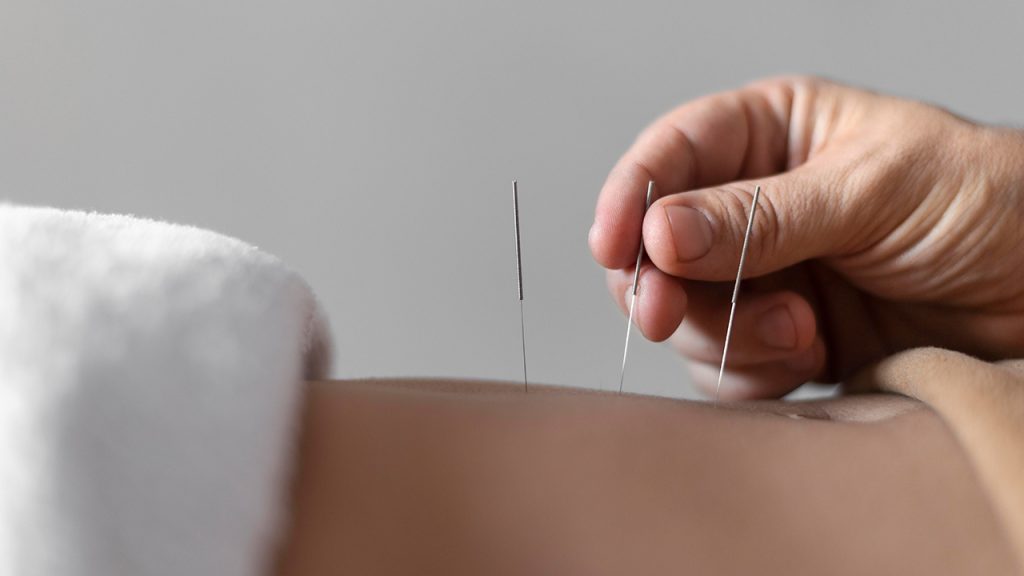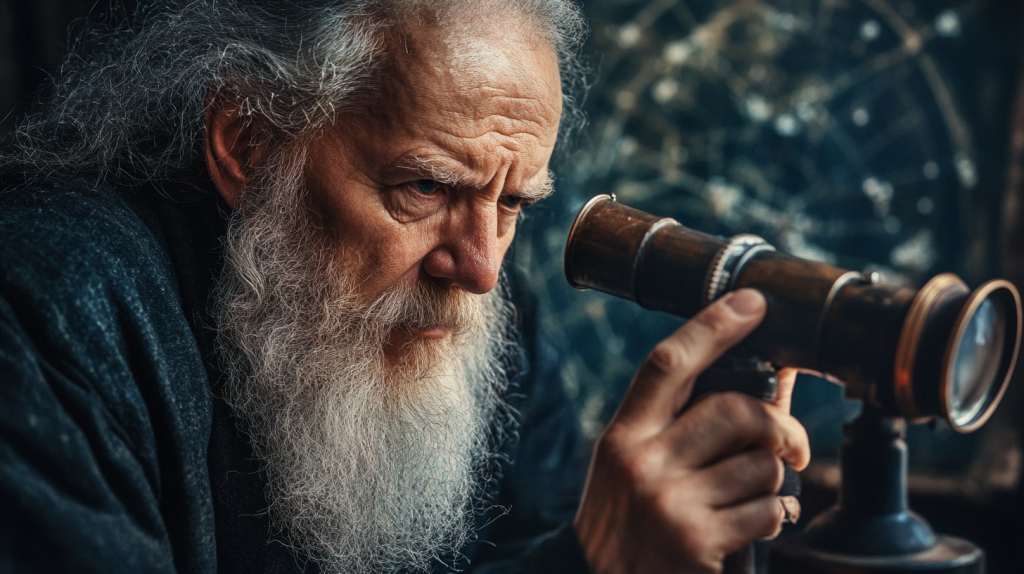I’ve always been fascinated by how ancient civilizations, without the modern tools we take for granted, managed to develop theories that turned out to be strikingly accurate. Long before the advent of telescopes, microscopes, or any advanced technology, people were using their own observations, a bit of trial and error, and sheer intuition to figure out how the world works.
What’s really remarkable is how many of these early ideas have stood the test of time and are now backed up by modern science. It just goes to show how powerful human curiosity has always been. Here are 12 ancient scientific ideas that turned out to be spot on, and they still shape the way we understand the world today.
1. The Earth Is Round

Centuries before Columbus, the ancient Greeks already knew the Earth was round. Greek philosopher Pythagoras first proposed the idea in the 6th century BCE, and by the 3rd century BCE, Eratosthenes had even measured the Earth’s circumference using shadows. These ancient scholars deduced this long before astronauts took pictures of Earth from space, showing how observation and simple geometry could reveal the planet’s shape.
2. Atoms Are the Building Blocks of Matter

The concept of atoms can be traced back to ancient Greece, specifically to Democritus around 400 BCE. He believed that everything was made of tiny, indivisible particles, which he called “atomos.” Though his theory lacked experimental evidence, it laid the foundation for modern atomic theory. Today, we know that atoms are the building blocks of matter, with our understanding of them having evolved with advances in quantum physics.
3. The Sun Is at the Centre of the Solar System

Before Copernicus popularized heliocentrism in the 16th century, ancient Indian and Greek astronomers had already toyed with the idea. Aristarchus of Samos, a Greek astronomer from the 3rd century BCE, proposed that the Sun was at the centre of the universe and that the Earth revolved around it. While his theory wasn’t widely accepted until much later, it foreshadowed a major shift in our understanding of the cosmos.
4. Earthquakes Are Linked to Tectonic Activity

Ancient cultures had many ideas about earthquakes, often seeing them as the work of gods or mythical creatures. However, Chinese scholar Zhang Heng (78–139 CE) proposed a more natural explanation: that earthquakes were caused by underground movements. This was an early glimpse of what we now know as tectonic activity, the shifting of Earth’s plates, which is the true cause of earthquakes.
5. The Four Elements Theory of Matter

The ancient Greeks believed that all matter was composed of four elements: earth, water, air, and fire. While we now know there are many elements and compounds, their theory wasn’t entirely wrong. These four “elements” represented states of matter: solids, liquids, gases, and plasma (often seen as fire). Although oversimplified, this theory laid the groundwork for later scientific thought about the physical states of matter.
6. Acupuncture Works as Pain Relief

Acupuncture, a form of traditional Chinese medicine developed over 2,000 years ago, was long thought to be pseudoscience in the West. However, research today suggests that it can indeed help manage pain by stimulating nerves, muscles, and connective tissues. Studies have shown acupuncture triggers the release of endorphins, natural painkillers produced by the body.
7. Germs Can Cause Disease

Though germ theory wasn’t fully realized until the 19th century with Louis Pasteur, ancient civilizations had their suspicions about unseen agents causing illness. The Roman writer Marcus Varro (116–27 BCE) warned that diseases could be caused by “minute creatures” that were invisible to the eye. Today, we know he was describing microbes, which are indeed responsible for many diseases.
8. Blood Circulates Around the Body

Before William Harvey’s 17th-century discovery of blood circulation, the ancient Greeks were close to figuring it out. In the 2nd century CE, Greek physician Galen theorized that blood was constantly being made in the liver and circulated through the body, though his understanding was incomplete. Modern medicine confirmed blood circulation and how it carries oxygen and nutrients throughout the body, just as Galen had glimpsed.
9. The Moon Affects the Tides

The link between the Moon and the ocean’s tides was well known in ancient cultures. Greek philosopher Posidonius suggested around 100 BCE that the Moon’s gravitational pull influenced the tides, an idea that later proved correct. Today, we know that the Moon’s gravity, along with the Sun’s, creates the tides, showing that ancient observations of the natural world were impressively accurate.
10. Herbal Medicine Has Real Benefits

For thousands of years, ancient cultures used plants for medicinal purposes, and some of these remedies are still in use today. For instance, willow bark, used by the ancient Egyptians and Greeks to relieve pain, contains salicin, the natural chemical that inspired the creation of aspirin. Modern science continues to explore the medicinal properties of plants, affirming the wisdom of ancient herbalists.
11. The Universe Is Expanding

The idea that the universe is vast and constantly changing wasn’t just a modern breakthrough. In ancient Hindu texts, the concept of a “cyclical universe” was discussed, which somewhat mirrors today’s theory of cosmic expansion. Modern astrophysics confirms that the universe is expanding after the Big Bang, hinting that ancient ideas about the universe were more sophisticated than we might think.
12. Mind and Body Are Connected

Ancient Greek and Roman philosophers like Hippocrates and Galen recognized the link between physical and mental health. They understood that emotional states could impact the body and vice versa. This is a central tenet of modern medicine, particularly in the fields of psychology and psychosomatic medicine, which focus on how stress, emotions, and mental health affect physical wellbeing.
17 Old Wives’ Tales That Are Actually True

Old wives’ tales have been passed down through generations, often dismissed as mere superstition. However, many of these age-old beliefs are rooted in truth. From health tips to weather predictions, these stories from the past can surprise us with their accuracy. Here are 17 old wives’ tales that are actually true.
Read More: 17 Old Wives’ Tales That Are Actually True
Ellen has been obsessed with logic puzzles, jigsaws, and cryptograms since she was a kid. After learning she was taught how to play chess wrong by a family friend (so they could win), she joined her school chess club and the rest is history.


